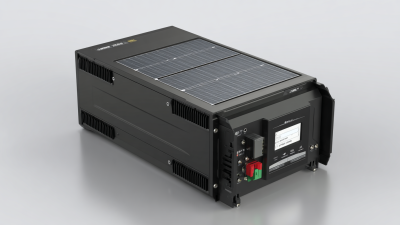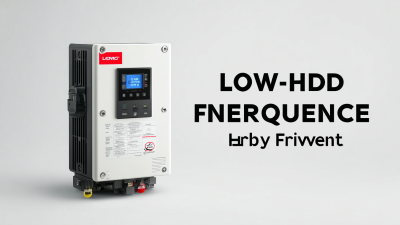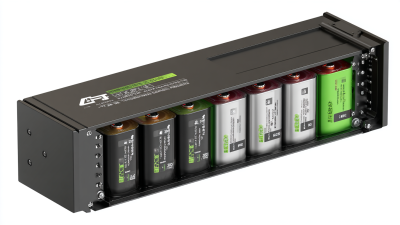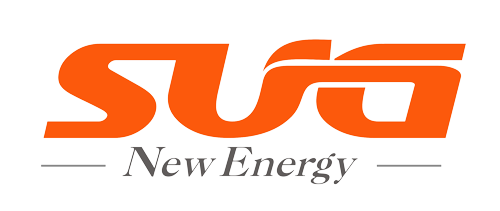
In the pursuit of sustainable living, optimizing energy efficiency has become imperative, especially with the rising global demand for renewable energy sources. The Inverter Hybrid 3kw systems stand out as a pivotal solution, blending the benefits of solar energy and battery storage to provide a reliable and sustainable power supply. According to the International Energy Agency, energy efficiency improvements could lead to reduced energy consumption by up to 40% by 2040, significantly lowering carbon emissions. The integration of Inverter Hybrid 3kw systems not only maximizes energy utilization but also contributes to an estimated reduction in electricity costs of around 20-30% for households. This article explores how leveraging these advanced systems can enhance energy efficiency, promote green living, and ultimately foster a more sustainable future.
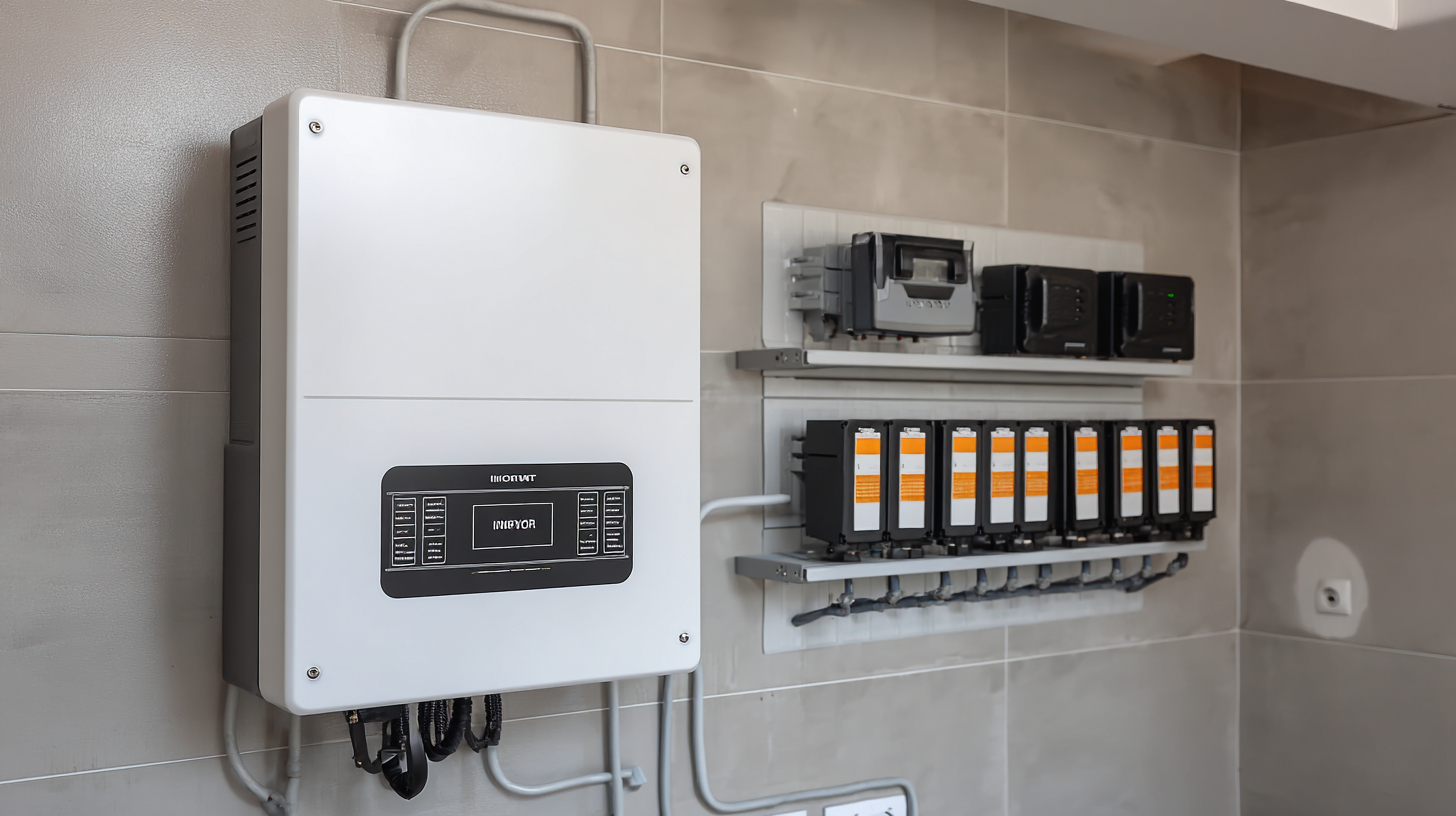
Inverter hybrid 3kW systems are a vital component of modern energy-efficient homes. These systems combine traditional power sources with renewable energy technologies, enabling homeowners to harness solar energy along with other forms of energy generation. By doing so, they can significantly reduce their reliance on the grid and lower their electricity bills. Understanding the basic components of these systems, including inverters, batteries, and grid connectivity, is crucial for homeowners seeking to optimize their energy consumption.
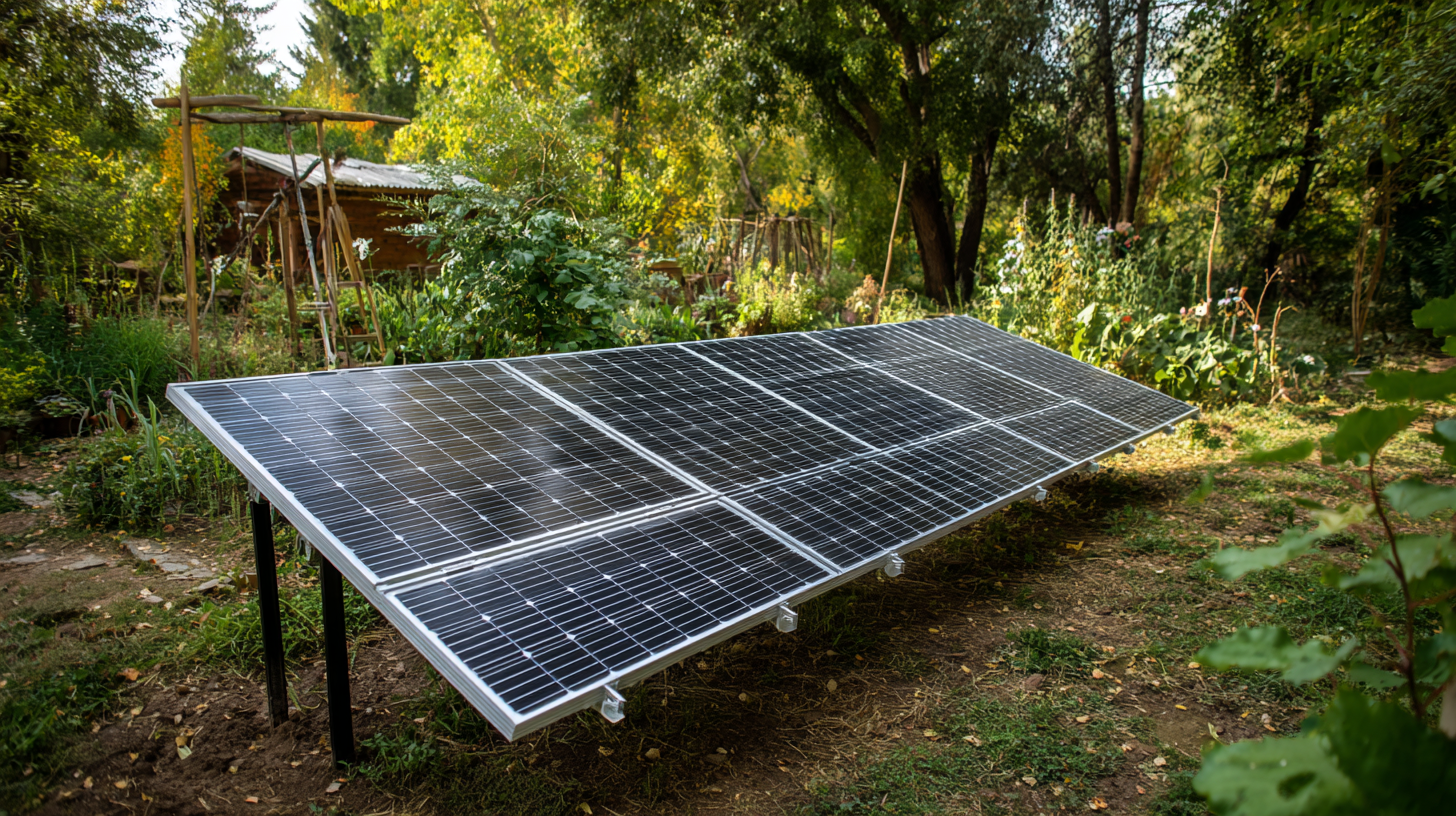
One of the key advantages of inverter hybrid systems is their flexibility in managing energy sources. The inverter intelligently switches between solar power, battery storage, and grid power, ensuring that homeowners always use the most cost-effective and sustainable energy available. This not only enhances energy efficiency but also contributes to a more resilient home energy setup. By investing in such systems, homeowners can take meaningful steps toward sustainable living while enjoying the economic benefits of reduced energy costs.
Inverter hybrid systems, particularly those rated at 3kw, integrate key components that significantly impact their performance and efficiency. The main elements include the inverter, battery storage, and renewable energy sources such as solar panels. The inverter plays a crucial role by converting direct current (DC) from solar panels or batteries into alternating current (AC), which is essential for household appliances. Its efficiency directly influences the system's overall energy output and cost-effectiveness.
Battery storage is another fundamental component, providing a buffer that accommodates energy supply and demand fluctuations. High-quality batteries ensure that excess energy generated during peak solar hours can be stored and utilized during periods of low generation, such as at night. Additionally, incorporating smart technologies and monitoring systems can optimize energy usage, ensuring that the available power is directed where it is needed most. Together, these components create a resilient and efficient system, promoting sustainable living through effective energy management.
In recent years, inverter hybrid systems have gained prominence in the quest for sustainable living, particularly in the realm of energy efficiency. According to a report by the International Energy Agency (IEA), energy consumption in residential areas can be significantly reduced by leveraging advanced inverter technology. These systems combine renewable energy sources, like solar panels, with traditional energy inputs, optimizing the energy flow and minimizing waste. The integration of inverter technology can lead to energy savings of up to 30% compared to conventional systems, highlighting its vital role in residential energy consumption management.
Optimizing energy consumption begins with understanding the load requirements of a household. Implementing smart energy monitoring tools can provide real-time data on energy use, enabling homeowners to adjust their consumption patterns accordingly. A study published by the U.S. Department of Energy found that households using energy management systems can reduce peak demand by as much as 15%. Additionally, utilizing energy storage solutions alongside inverter hybrid systems allows for increased efficiency, as excess energy generated during peak sunlight hours can be stored for use during periods of high energy demand. By adopting these strategies, households can not only enhance their energy independence but also contribute to a more sustainable future.
Integrating renewable energy sources with inverter hybrid 3kw systems is an effective way to enhance energy efficiency in a sustainable living environment. These systems combine traditional energy sources with renewable options, such as solar or wind, creating a versatile energy solution that can adapt to various needs. By utilizing the inverter’s capability to manage multiple power sources, homeowners can maximize their energy usage while reducing reliance on fossil fuels.
Tips for maximizing the efficiency of your inverter hybrid system include positioning solar panels for optimal sunlight exposure, regularly maintaining the system to ensure peak performance, and employing energy storage solutions to harness excess energy. Additionally, monitoring your energy consumption through smart devices can help identify patterns and areas for improvement, allowing for informed adjustments to usage habits.
Considering local climate and energy demand is crucial when integrating renewable sources. For instance, in sunny regions, optimizing the solar component of your hybrid system can lead to substantial energy savings. Avoid over-reliance on any single source of energy by diversifying your inputs, which not only safeguards against fluctuations in availability but also contributes to a more balanced and sustainable lifestyle.
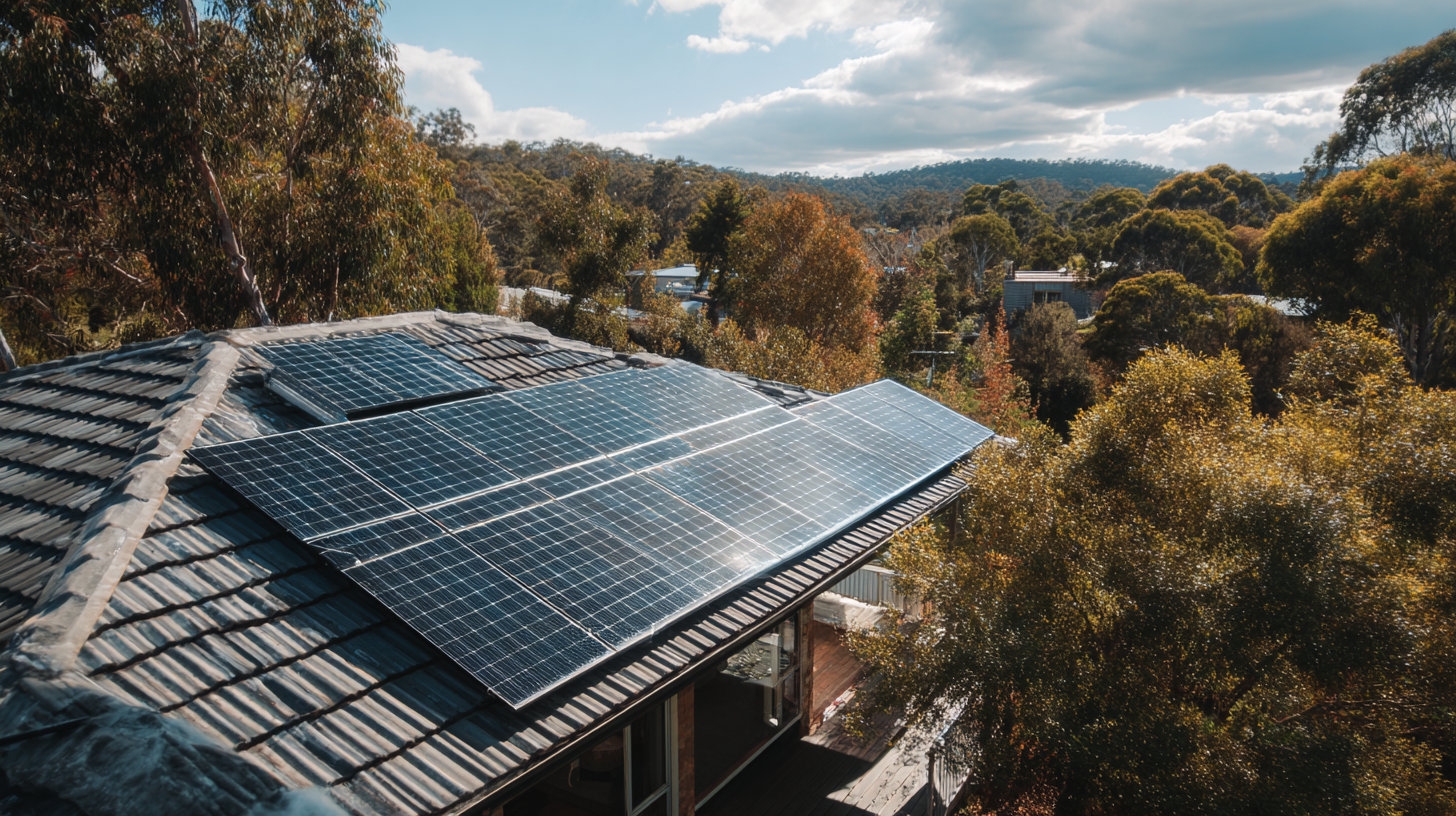
Maintaining inverter hybrid systems is crucial for enhancing their longevity and efficiency in sustainable living. Regular upkeep not only extends the lifespan of these systems but also optimizes their performance, which is essential as the demand for renewable energy solutions continues to grow. Recent literature highlights that properly maintained solar and wind hybrid systems can achieve efficiency rates of up to 90%, significantly improving energy yield compared to non-optimized counterparts.
To keep your inverter hybrid system functioning at its best, consider implementing the following maintenance tips:
1. **Regular Inspections**: Schedule periodic inspections of the inverter, batteries, and solar panels to identify any wear or potential issues early. According to industry reports, routine check-ups can prevent up to 30% of costly repairs.
2. **Cleaning Solar Panels**: Dust and debris can accumulate on solar panels, blocking sunlight and reducing efficiency. Cleaning them every six months can enhance performance by 15-20%, ensuring optimal energy capture.
3. **Monitoring Battery Health**: Keeping an eye on battery performance is essential. Integrating smart monitoring solutions can help detect anomalies in real-time, preventing battery degradation and prolonging service life.
Emphasizing these maintenance practices can lead to a more sustainable energy solution while reducing overall operational costs, ultimately supporting a smooth transition to renewable energy resources.
| Aspect | Details | Tips for Enhancement |
|---|---|---|
| System Type | Inverter Hybrid 3kW System | Choose a certified installer for optimal setup |
| Energy Source | Solar and Grid Power | Use solar panels in optimal locations |
| Maintenance Frequency | Every 6 months | Inspect for dust and clean components regularly |
| Battery Type | Lithium-ion | Monitor charge cycles to extend lifespan |
| Efficiency Rate | 85% - 95% | Adjust settings for peak performance |
| Typical Lifespan | 10 - 15 years | Regular maintenance to achieve maximum lifespan |
| Common Issues | Battery degradation and inverter faults | Swift repair and replacement of faulty parts |

